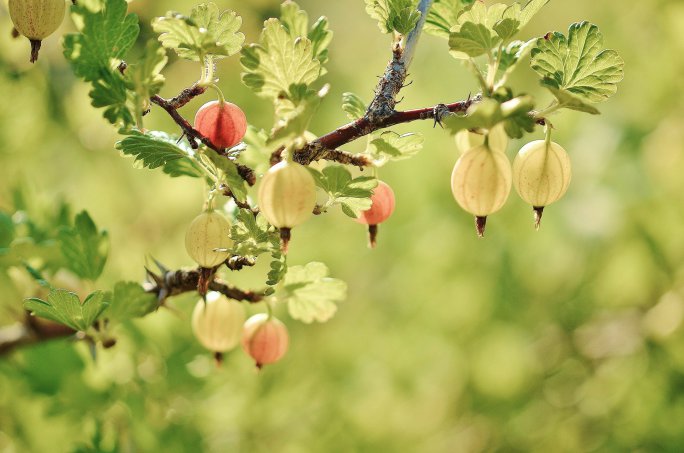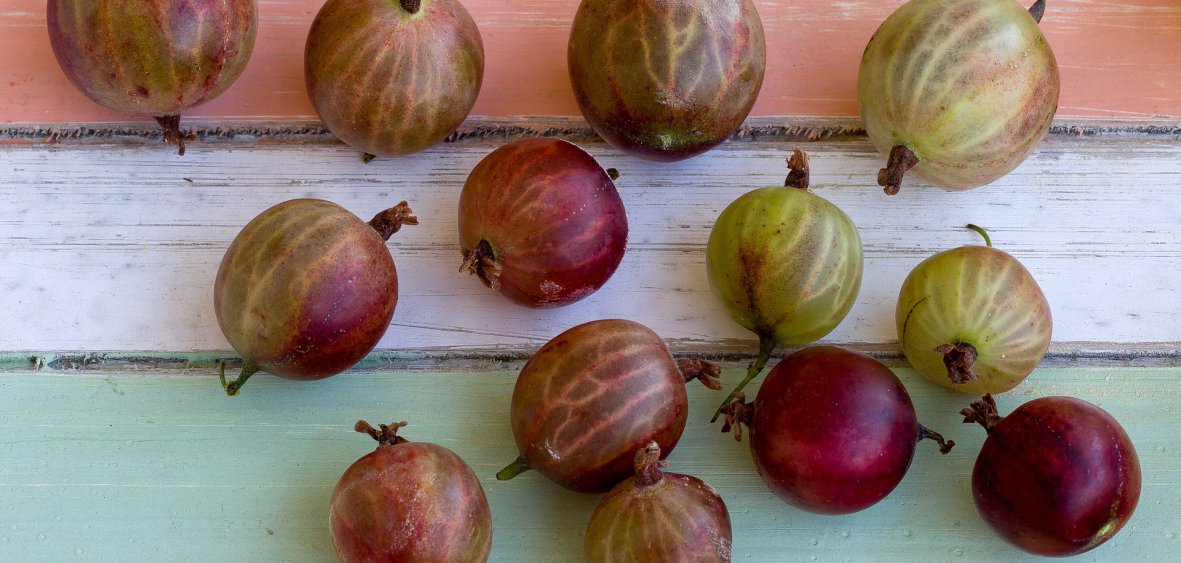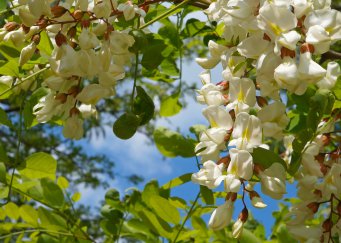The beneficial effects of gooseberries on health will be particularly appreciated by people who complain about eye fatigue and vision problems. Gooseberries are a rich source of vitamins, minerals and lutein, a natural colouring agent that supports the proper functioning of the vision system. In addition, gooseberries have many other applications - learn more about them by reading our article.
What is gooseberries? It is a small, gooseberry bush that grows in Central and Eastern Europe, Southern Europe, North Africa and even North America. Gooseberries, as this is the professional name for this plant, produce small fruit with a characteristic green or reddish yellow colour. Gooseberries are a powerful source of vitamins, minerals, fibre and beneficial organic acids.

Aggregate - properties and performance
Gooseboard protects the eyes
What distinguishes it from other fruits is its high lutein content. This compound belongs to the group of carotenoids, i.e. natural dyes found in plants. Carotenoids (including lutein) are natural antioxidants (antioxidants) that help to treat and prevent cancer, cardiovascular diseases, nervous system disorders and other ailments. However, the most frequent use of this compound is related to eye protection. Lutein as an antioxidant protects the eyes against free radicals, so that the eyes are not susceptible to damage. What's more, lutein protects your eyes from ultraviolet radiation, acting as a natural filter. No wonder that a diet rich in gooseberries, whose flesh and skin are rich in lutein, is recommended for people suffering from eye diseases, as well as for all those who regularly strain their eyesight (for example by watching TV or working at a computer).
Digestion unit
The aggregate also has a beneficial effect on digestion. Gooseberries are rich in dietary fiber and organic acids supporting digestive processes. Therefore, gooseberries are particularly recommended for people suffering from digestive disorders such as constipation, flatulence or heartburn. Dried gooseberries, which should be brewed with tea or herbs, are the best for this type of problems.
Gooseberries calm down
Gooseberries are a fruit that soothes the sore nerves. As a rich source of potassium, magnesium and vitamin B, gooseberries are an excellent natural remedy for strengthening the nervous system, memory and concentration. In addition, gooseberries have calming and anti-stress properties.
Aggregate affects the proper functioning of the intestines and urinary system, and as a natural diuretic (diuretic) helps to remove toxins and other unnecessary substances from the body.
Thanks to its alkalizing substances, gooseberries prevent acidification of the body, which is why they should be present in every basic diet.
Gooseboard for slimming and diabetics
Moreover, thanks to its high fibre content, low calorific value and low glycemic index, gooseberries can be successfully used in the diet by slimming persons and even diabetics.
Gooseberries in cosmetics
As a rich source of antioxidants gooseberries is a very popular ingredient in cosmetics. Thanks to its high content of lutein (antioxidant) and vitamin A (anti-wrinkle effect), it is often used in creams and ointments that delay skin aging, as well as in facial rejuvenating masks.
Gooseberry mask - recipe
Mix half a glass of well washed fruits and then mix with two tablespoons of natural yoghurt and one teaspoon of potato flour. Apply the mask to the cleansed face and then rinse after 15 minutes.
Aggregate - regulations
Raw gooseberries are delicious, but preserves such as jams, jams and juices are also tasty. Thanks to the high content of gooseberry pectin, excellent fruit jellies are also easily prepared.
Gooseberries - preparations
Gooseberry jam
Ingredients:
- 1 kg of ripe gooseberries
- 150 grams of sugar
- optional: orange juice and cherry leaves
Clean the gooseberries well, remove the stalks, grind the larger fruits and put them in the pot. Add a few spoonfuls of orange juice to the gooseberries and washed cherry leaves for aroma. Cook all over low heat. After softening and releasing the juice through the fruit gradually pour sugar and boil all the time stirring until the juice thickens. When the sugar dissolves, boil for another ten minutes without covering. Coat hot jam into jars, close tightly and leave to cool upside down.
Gooseberry juice without sugar
To prepare the juice, it is best to use not fully ripe, hard fruits harvested at the beginning of the season (end of June). Carefully wash the gooseberries in a saucepan with boiling water and heat them on a small gas. Cook for a few minutes, then remove the covered saucepan from the heat and set aside to cool. Pour the obtained juice into jars after filtering.
Pasteurize - close the jars thoroughly, put them in the pot and pour cold water to about 3/4 of their height. Cook for 15-20 minutes depending on the volume of the jars.
Gooseberries
When planting gooseberries in your home garden, remember to choose a variety that is resistant to a disease called American gooseberry mildew.
Gooseberries with green fruit
- Resistenta is a very tasty cultivar, providing abundant yields. Resistant to powdery mildew.
- Invicta - medium-sized fruit. Less susceptible to mildew.
Red aggregate
- Pax - large, very tasty fruits. Low susceptibility to mildew.
- Niesłuchowski - medium or large fruit with an interesting taste. Highly resistant to powdery mildew.
- Stone - medium sized fruits with red skin. Tasty and completely resistant to powdery mildew.
- Hinnonmaki rot - small gooseberries with sweet fruits. Resistant to mildew and frost.
Gooseberries - cultivation
It is best to cultivate the gooseberry in sunny and warm places that are protected from the wind. As a result, flat terrains and light slopes with western or southern exposure are ideal for cultivation. The best for growing gooseberries are fertile, moist clay soils with a slightly acidic reaction.
















